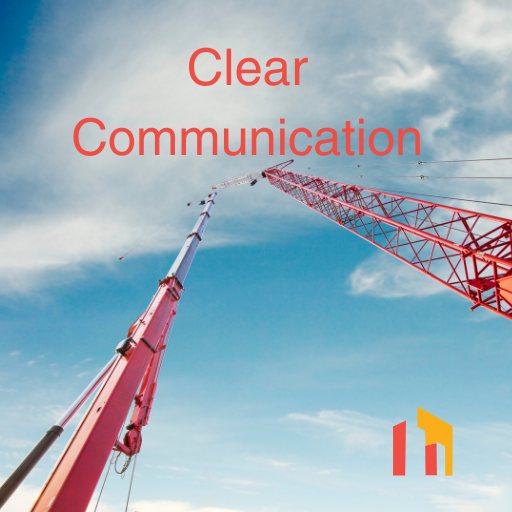Mobile Crane Communication
Crane operators must become familiar with hand signals to communicate key operational activities on the job site.
Communicating with industry-specific hand signals ensures safety for the operator and other workers before, during, and after crane operation. As crane insurance specialists, we know all too well the hazards that can be avoided when a qualified signal person works with a skilled crane operator to operate the crane safely.
The standard hand signals enable communication regarding things such as:
- In which direction the crane operator may move the crane
- When it is safe to raise, lower, or swing the boom
- When it is safe to hoist or lower a load
- When it is safe to move a load horizontally
- When to raise the boom and lower the load
- When to lower the boom and hoist the load
- When to stop
- When an emergency requires the crane operator to stop the operation of the crane immediately
- When to “dog” everything
Some hand signals are used for all cranes, and others are specific to types of cranes (for example, mobile, tower, telescopic, or crawler cranes). Typically, hand signals are used in combination with radios for communicating. Radio communication can be helpful if the operator’s line of sight is unclear.
However, standardized hand signals are so critical to safety that Occupational Safety and Health Administration (OSHA) regulations require that anyone designated as a signal person undergo an evaluation process by a qualified person. Only a qualified signal person should be working on a job site.
Once OSHA was committed to these regulations around standardized signals, statistics recorded by the Bureau of Labor Statistics showed that crane safety improved as deaths related to crane accidents dropped significantly.
Crane operators must be able to trust the signal person’s ability to judge conditions and communicate clearly and effectively.
When was the last time you reviewed how well your crane operator insurance coverage protects your business? Contact New Heights Insurance Solutions to review your current needs.

